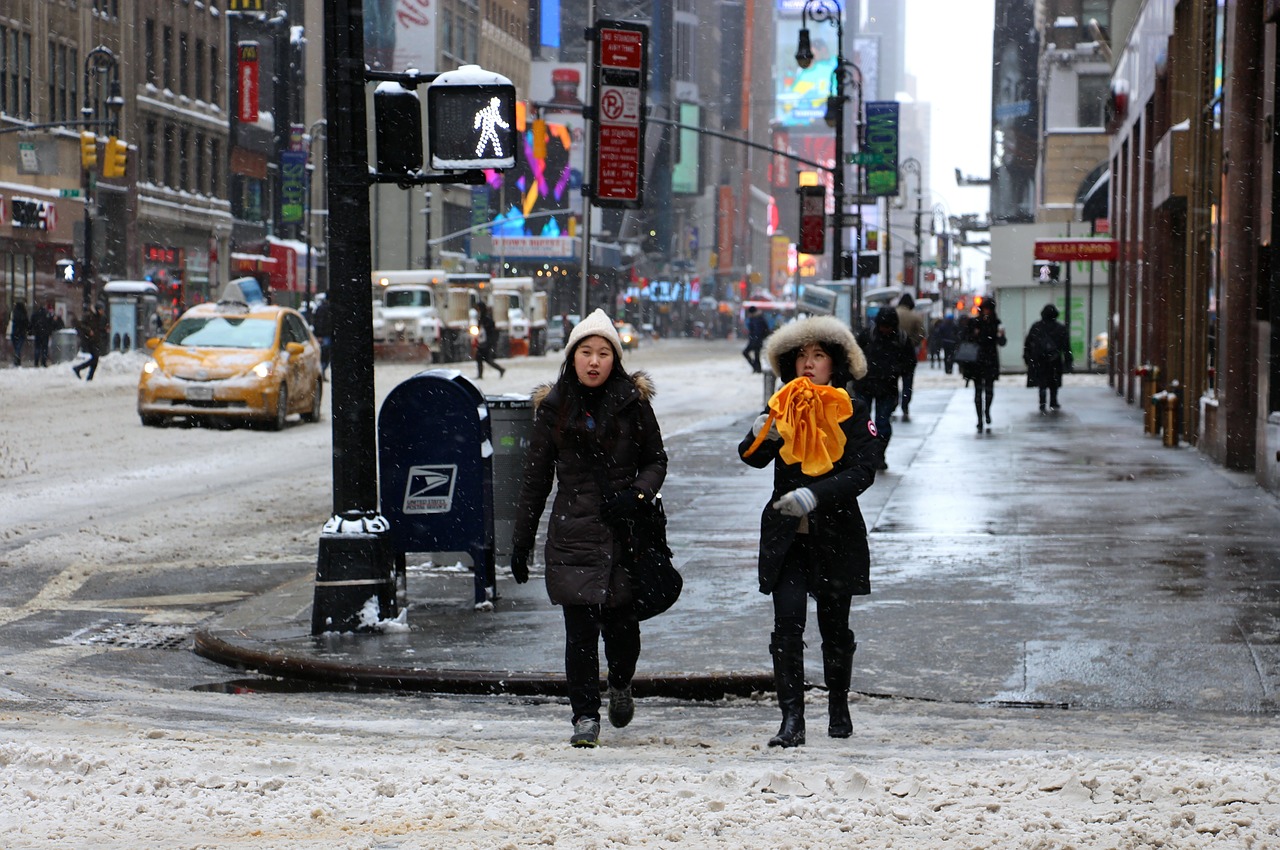Severe weather can affect our daily activities during the winter months. Snowfall can make it difficult to see sideways and curbs when walking. Freezing rain and ice can turn a simple walk into a trip to the hospital because of slippery and wet conditions. To help prevent any accidents during this time preparation is crucial.
Ways to potentially lower the risk of a slip and fall:
One way to help reduce the risk of an injury during the winter months is preparing for the weather. If there is snow or ice on the ground wearing the correct clothing and footwear is key. Wearing footwear that is specially designed for winter weather conditions can help prevent slips on snow or ice.
Being patient and providing yourself with plenty of time will also help lower the risk of injury. Being able to take your time when walking over ice or snow will help to reduce the chance a fall or slip occurring. When walking over ice or snow take slow and deliberate steps to ensure you are able to firmly plant your feet and continue walking. The hazards of these conditions do not appear strictly outdoors, the floors of buildings and other establishments can be hazardous as well from people walking in with wet or snowy footwear on. Stairs can also create an issue with safety during winter months. Stairs can easily become covered in snow and ice if not properly maintained. When using stairs hold onto a banister or railing can help maintain balance and stability when the stairs are covered in snow or ice. Taking shorter slower steps will help potentially lower the risk of an injury or fall on unfavorable terrain.
If you are walking knowing your surroundings and the potential terrain you will come across can potential help decrease the chance of an injury. If you know on a perfect day the path you have to walk on is unfavorable, finding a new safer route can help lower this risk. Do not be tempted by shortcuts as they might be covered in snow and ice. It may take some extra time to walk around the longer, safer way but it can help lower the risk of an injury.
Avoid carrying any items when walking in unfavorable conditions. This will not only help you see the path in front of you, it will also allow you to use your hands for balance. Carrying items can potentially cause distraction when walking.
One more way to avoid any injury is staying indoors until conditions improve. If you do not have to be outdoors do not risk it. By avoiding outdoor activities you drastically increase the chances of avoiding a slip and fall injury due to snow or ice. If a tasks that involves you to walk somewhere during these conditions, see if it can be rescheduled until the conditions are favorable.
In the event you do fall:
If a fall does occur, there are a few tasks you can do to protect yourself and help in the event any further action is needed. Filing an injury report with the property owner is important. At the time of the accident your injuries might not seem severe, however long-term issues may occur from this incident. By filing the injury report you are documenting that the incident happened.
Also, take note of the conditions of where you fell. Was there snow covering the sidewalk? Was there ice on the stairs? All information about the conditions of the location can be beneficial if you decide to take further action after the incident. If there are any witnesses that were around the area when you were injured, take down their names and contact information.
Most importantly, have a medical professional examine you for the possibility of a long-term or serious injury. They will be able to provide you with the best results on how to treat any possible injuries you may incur.
During this time of year there are weather conditions that can make walking to a destination difficult. Preparing yourself for these conditions and taking the necessary actions can help potentially prevent an injury from a slip and fall. However, some injuries are unavoidable so following the proper steps after the accident has occurred is essential.


Leave a Reply